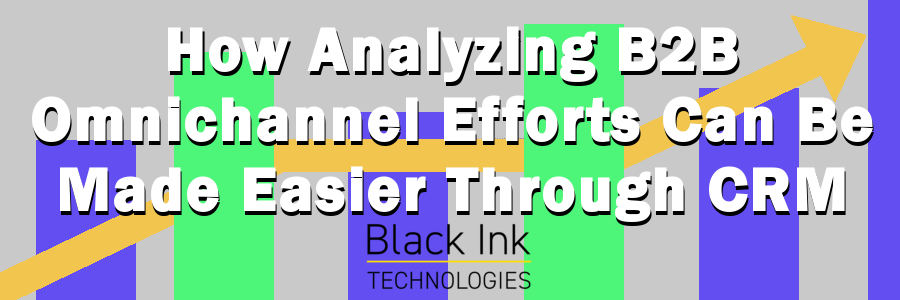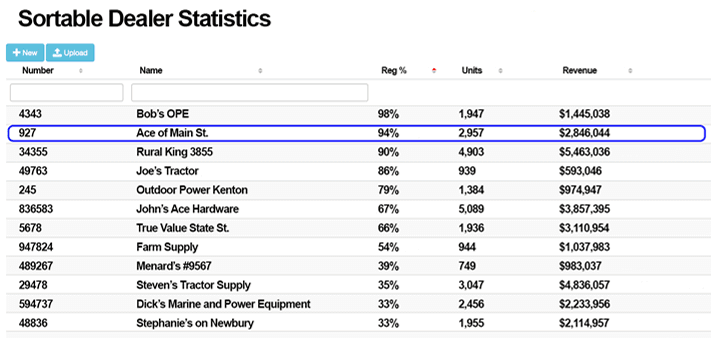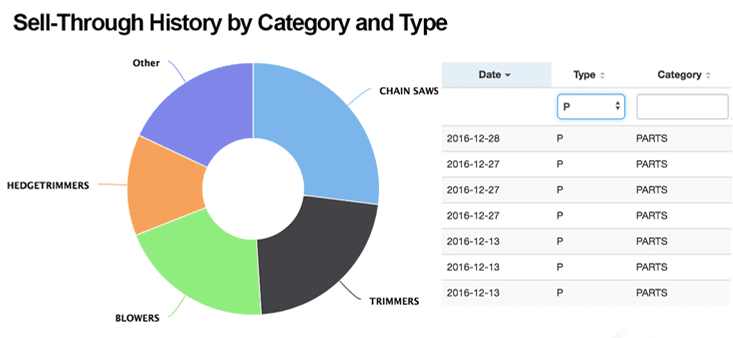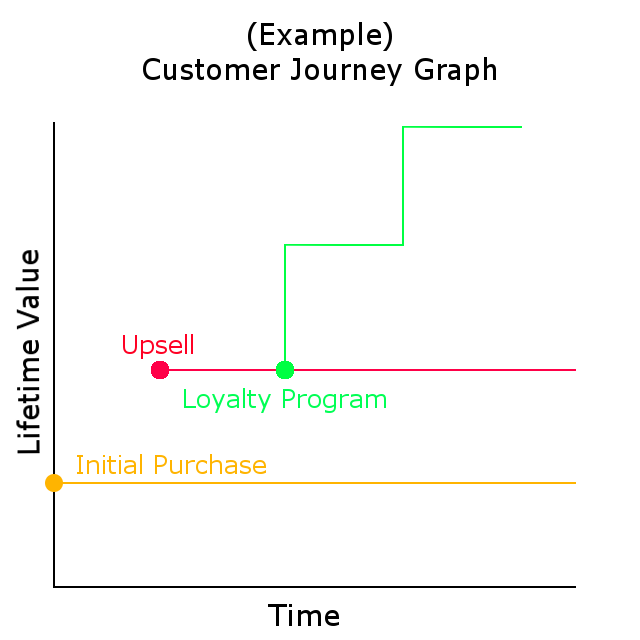Tackling B2B Omnichannel Complexity with the Power of CRM
by Black Ink Team

Customer relationship management software can be the key to better understanding purchasing behavior and preventing sales communication breakdown. Whether you are selling larger products like ag equipment or smaller products like portable generators, equipment sales is a business where relationships matter, as inventory is expensive and relatively hard to move around. CRM analysis can help you look past sales data and see just how deals really are won and lost. With things like corporate mobile apps designed for buying product and additive manufacturing allowing for custom machinery becoming more commonplace, customers’ expectations will soon start to rapidly change. Therefore, restructuring your sales team and making changes to how they work will become necessary. CRM customization is the quickest and easiest way to get the actionable insights you need to make this transformation a beneficial one for your company.

When tracking B2B customer experience for your company, it helps to have everything recorded and available in the same place. This can be achieved by companies who are still using a legacy database, but modern CRM is faster and more convenient. For example, it can feature a built-in visualization program, which allows you to study trends without having to export data. The first order of business, when analyzing omnichannel marketing and efforts, is to find out who exactly you are going to be talking to. Usually it is the chief procurement officer (CPO) but the person who is ultimately in charge of buying products to sell can change from distributor to distributor, or retailer to retailer. You can look through your past customers, when you have a CRM database, and compare them to new or potential customers to make a judgement call as to which person at an organization you should approach with your offer. If you know (or correctly guess) exactly who to pitch beforehand you won’t waste time and resources trying to sell to the wrong people. You can also look at your past reporting to make judgement calls as to which approach will yield the best results. It makes a difference where a customer first hears about your product, whether it’s through trade shows, personalized email, direct mail, or etc. The same goes for more indirect marketing, i.e. trade publications, multimedia ads, etc. Once you have established a good rapport with a customer, you can ask them how they became interested in your product in the first place, and if you ask enough customers this will let you do a cost-benefit analysis of all your different marketing strategies. If the majority says ‘word-of-mouth,’ then congratulations – your product sells itself. In addition to customer acquisition, CRM can also help with customer retention. Say a customer prefers not to hash things out over conference calls but rather in person, or is more partial to instant messaging than they are to email - making a note of customers’ idiosyncrasies in a CRM increases the probability that your interactions with them will go more smoothly. Placing information about customer engagement into a CRM helps your organization sell more, smarter and faster.

Another benefit to better sales planning is that it increases the value of your product. According to Philip Kotler’s ‘Three Levels of a Product’ model there are three subdivisions for every product: the ‘core’ product, the ‘actual’ product, and the ‘augmented’ product. The core product is the main benefit that the product grants its owner – for example, a lawn mower enables its owner to trim a large amount of grass more quickly than they could by hand. The actual product is the physical product itself – the actual lawn mower. The augmented product is the non-physical part of the product – the warranty for the lawn mower, customer service for it, expert advice on how to use it, etc. Improving your sales tactics, by analyzing your sales team’s performance as documented by your CRM, increases the augmented value of your product by making it easier for the customer to acquire/maintain the actual product and to reap the benefit that is the core product.

Furthermore, by studying customer journey through CRM analysis, you can pinpoint the best added services to offer your customers to foster repeat purchases as well as the best time to offer them. Manufacturers can offer many added services, such as custom delivery scheduling and personalized emails (telling them when there are transportation logistics problems or when a product is going to be out-of-stock), but it is important to not make customers feel like their inboxes are over-saturated with offers. Manufacturers can even create synergy between their cross-sell/upsell and their outreach efforts, by asking customers whether they heard about their new products through a nationwide publicity campaign.

Some manufacturers allow their salespeople to handle data management in their own separate ways because they think by giving them this flexibility they’ll be more productive, but this practice makes oversight and quality control (in addition to other things) much more difficult and complex. According to industry analysis breaking down data silos enables organizations to adapt quicker and manage conflict more efficiently. With more data access upper management can ‘steer the ship’ and track compliance better, leading to faster growth and fewer complaints from customers. Technology can help them with this by driving interoperability, or data liquidity. For example, dealer portals and mobile platforms make it simpler for sales reps to submit reports and invoices. Push notifications or ‘ticklers’ can be created to remind people that their data must be submitted.

When optimizing B2B omnichannel marketing strategies using CRM analysis, it is important to make sure that you are always making ‘apples to apples’ comparisons. In other words, what one salesperson did might not work for every salesperson, or with every customer. However, being able to show to a nervous team member in a CRM database that a certain form of brand loyalty incentivization worked to persuade a similar customer to theirs in the past is a useful sales leadership tool, as they’ll be less ‘afraid of the dark’ going into the meeting.
